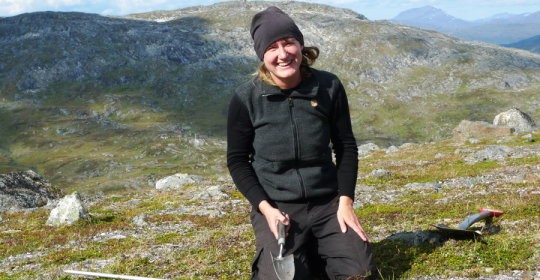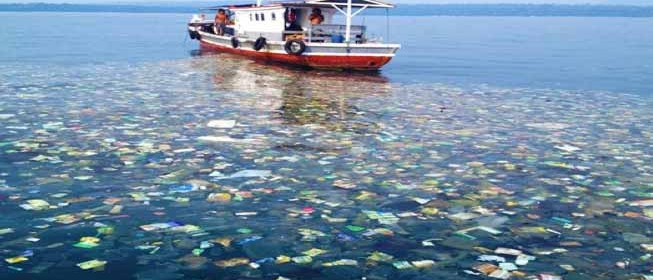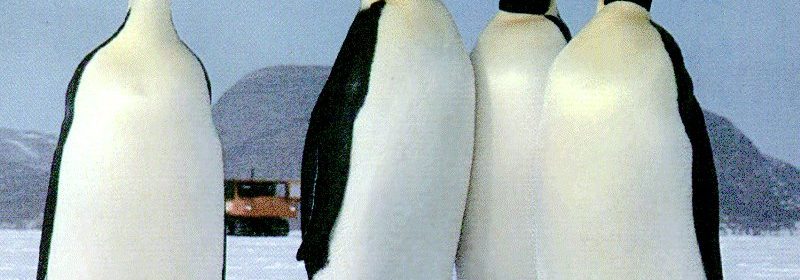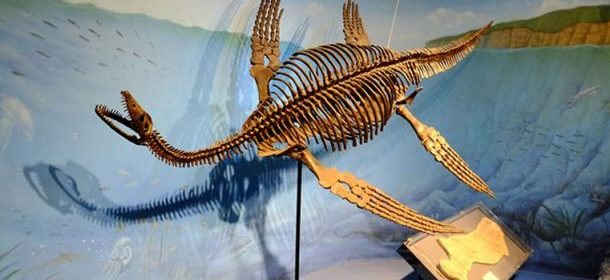Weather Becoming Freakish: Proof of climate change?

Even in a world where extreme weather is becoming more common, said Sarah Lyall in The New York Times, the past week has been truly bizarre. In China, now suffering through its coldest, harshest winter in memory, the roofs of houses in Xinjiang collapsed under the weight of deep snow. It was so hot in Australia, meanwhile, that forecasters added […]
Read more








